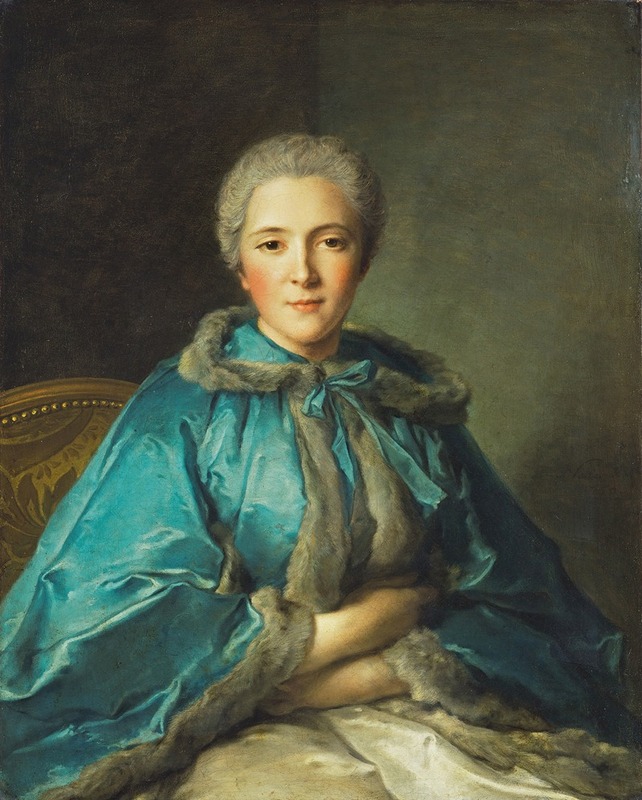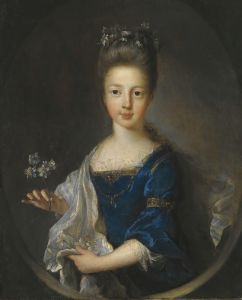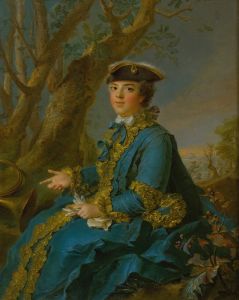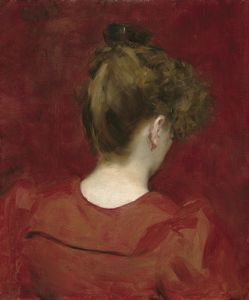
The Comtesse de Tillières
A hand-painted replica of Jean-Marc Nattier’s masterpiece The Comtesse de Tillières, meticulously crafted by professional artists to capture the true essence of the original. Each piece is created with museum-quality canvas and rare mineral pigments, carefully painted by experienced artists with delicate brushstrokes and rich, layered colors to perfectly recreate the texture of the original artwork. Unlike machine-printed reproductions, this hand-painted version brings the painting to life, infused with the artist’s emotions and skill in every stroke. Whether for personal collection or home decoration, it instantly elevates the artistic atmosphere of any space.
Jean-Marc Nattier was a prominent French Rococo painter known for his portraits of the nobility, often depicting them in mythological or allegorical settings. One of his notable works is "The Comtesse de Tillières," a portrait that exemplifies his skill in capturing the elegance and grace of his subjects.
"The Comtesse de Tillières" is a portrait of a French noblewoman, showcasing Nattier's characteristic style of combining realistic portraiture with elements of fantasy. The painting is believed to have been completed in the mid-18th century, during a period when Nattier was at the height of his career. His work was highly sought after by the French aristocracy, who appreciated his ability to portray them in a flattering and sophisticated manner.
In this portrait, the Comtesse is depicted with a serene expression, embodying the grace and poise expected of a woman of her status. Nattier's use of soft, delicate colors and his attention to detail in the rendering of fabrics and textures are evident in the painting. The Comtesse is often shown in an elegant gown, with intricate lace and embroidery, highlighting the luxurious fashion of the time. Her pose is composed yet relaxed, suggesting both her nobility and her personal charm.
Nattier's portraits often included allegorical elements, and "The Comtesse de Tillières" is no exception. While the specifics of the allegory in this painting are not well-documented, it was common for Nattier to incorporate symbols that alluded to virtues, mythological figures, or personal attributes of the sitter. This approach not only flattered the subject but also added a layer of depth and intrigue to the portrait.
The background of the painting is typically Rococo, with soft, flowing lines and a sense of movement that complements the elegance of the subject. Nattier's skillful use of light and shadow adds dimension to the portrait, enhancing the lifelike quality of the Comtesse's depiction. The overall composition is balanced and harmonious, reflecting the Rococo aesthetic that was popular in France during this period.
Jean-Marc Nattier's work, including "The Comtesse de Tillières," is celebrated for its combination of realism and idealization. His portraits not only captured the likeness of his subjects but also conveyed their social status and personality. Nattier's ability to blend portraiture with allegorical and mythological elements made his work distinctive and highly regarded among his contemporaries.
Today, Nattier's paintings are appreciated for their artistic merit and historical significance. They provide insight into the fashion, culture, and social dynamics of 18th-century France. "The Comtesse de Tillières" remains an exemplary work within Nattier's oeuvre, illustrating his mastery of the portrait genre and his contribution to the Rococo movement.
While specific details about the Comtesse de Tillières herself may not be extensively documented, the portrait stands as a testament to her status and the artistic milieu of her time. Nattier's work continues to be studied and admired for its technical skill and its ability to capture the essence of an era.


















